Jun 24, 2025
A check valve is a device that allows fluid to flow in one direction while preventing reverse flow,it also called check one way valve or check return valve. Check non return valve operates automatically without external control and is used to protect equipment, prevent backflow, and maintain system pressure and are widely used in applications such as water pumps, compressed air piping, hydraulic equipment, and industrial gas systems.
One-Way Flow: The valve opens when fluid flows in the desired direction and closes when the flow stops or reverses.
No External Operation Needed: Unlike other types of valves, check non return valves automatically operate without manual intervention.
Various Designs Available: Multiple types are available, including swing-type, ball-type, piston-type, and spring-assisted check one way valves.
Check valves operate using a one-way flow mechanism — it allows fluid to flow freely in one direction while automatically preventing reverse flow. The valve opens and closes automatically based on the pressure differential between the inlet and outlet, without the need for any external actuator.
When fluid flows in the correct direction, the fluid pressure pushes the internal moving component—such as a ball, disc, piston, or spring-loaded plate—causing the valve to open and allowing the medium to pass through smoothly.
Valve Opening: The fluid pressure overcomes the force of the spring or gravity, pushing the valve element or plate away from the valve seat.
Valve Closing: When downstream pressure increases or backflow occurs, the valve element automatically returns to its seat, sealing tightly to prevent reverse flow.
This design requires no external actuator or control signal, making it highly suitable for automated system applications.
Spring Type
Designed with an internal spring that enables quick closing. Suitable for vertical or multi-directional installation.
Lift Type
Commonly used in hydraulic systems and best suited for horizontal installation.
Swing Type
Closes by gravity and reverse fluid pressure. Ideal for applications involving high flow rates and low pressure.
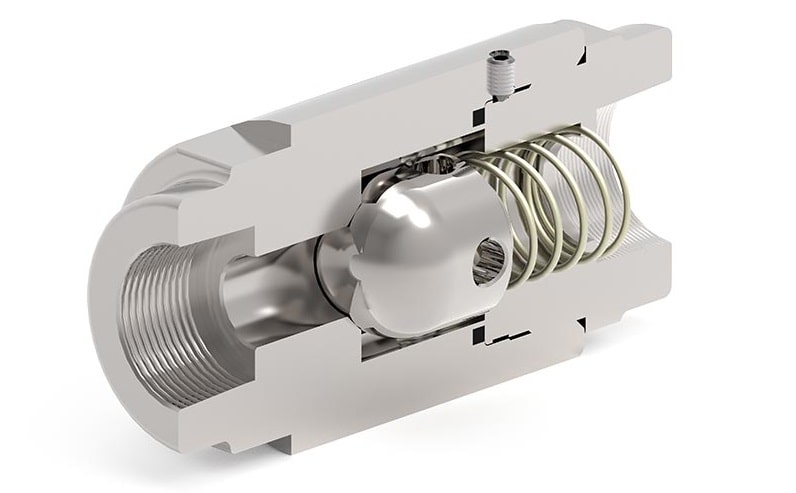
Check Valves Only Allow One-Way Operation
The primary function of a check valve is to prevent reverse fluid flow. The flow direction is usually indicated by a symbol on the valve body.
Swing Check Valves Are Not Always the Best Option
Swing check valves use a hinged disc that closes by gravity. While commonly used, they close relatively slowly and may cause water hammer in high-flow or fast-response systems.
Spring-Assisted Designs Effectively Reduce Water Hammer
Spring-assisted check valves close quickly before reverse flow occurs, preventing pressure surges and water hammer. They are ideal for high-cycle applications that require fast response.
Regular Maintenance Extends Valve Lifespan
Periodic inspection and maintenance help detect issues early, preventing costly replacements and system failures.
Proper Installation Is Crucial
Incorrect installation is a leading cause of check valve failure. Always verify the flow direction indicated on the valve before installation. If installed backward, water or gas may not flow correctly, leading to leakage and pressure problems.
Difference between inline check valve and swing check valve
Inline valves are faster closing and more compact, suitable for precise flow control. Swing check valves handle larger flows better but are slower and bulkier.
Checking the appropriate material and structure of the valve is crucial for the reliability and service life of the system. Consideration should be given to the type of medium, operating temperature, and pressure range.
If the system involves corrosive fluids, choose a PTFE or plastic-body chemical resistant check valve.
For high-temperature and high-pressure environments, prioritize using stainless steel swing or piston type check valves.
In systems with limited space or requiring fast response, an inline check valve is recommended.
Correct Installation Direction:Must install the check valve following the indicated flow direction arrow on the valve body to ensure proper function.
Avoiding Cavitation:To prevent cavitation, ensure the fluid pressure before the valve is sufficiently high and that the valve size matches system requirements.
Valve Clearance and Spacing:Maintain adequate straight pipe lengths upstream and downstream of the valve which helps reduce turbulence, prolong valve life, and improve performance
Routine Inspection for Aging and Leakage:Periodically check the valve for signs of wear such as seal degradation, corrosion, or leakage. Pay special attention to these dangerous signal.
Regular Cleaning and Lubrication:Remember Regularly lubricate and clean internal components
◆ Water Pump Systems
◆ Chemical Industry
◆ HVAC Systems
◆ Oil or Gas Industry
◆ Medical & Pharmaceutical
◆ Swing Check Valve
◆ Lift Check Valve
◆ Piston Check Valve
◆ Ball Check Valve
◆ Diaphragm Check Valve
◆ Inline (Axial Flow) Check Valve
Fokcavalve Provide CV100 Series 2PC Spring Vertical Lift Check Valve,CV300 Series Y- Spring Vertical Lift Check Valve,CV Series Check Valve,KA Series Check Valve.
Locate the PCV check valve—usually connected to the engine's intake manifold via a rubber hose.
Remove it and shake it. If it makes a rattling sound, it is likely functional.
Check for oil or carbon buildup. If it's clogged or doesn't rattle, replace it.
Excessive engine oil consumption or unstable idling may indicate a faulty PCV valve.
Identify the flow direction arrow on the valve body.
Install the valve inline with the piping, ensuring flow follows the arrow.
Use thread sealant and avoid over-tightening.
Maintain recommended suitable pipe lengths before and after the valve.
When fluid in check valve flows correctly, it pushes open the internal mechanism. When flow reverses, the mechanism automatically closes—preventing backflow. They operate without external control.
You May Interest In
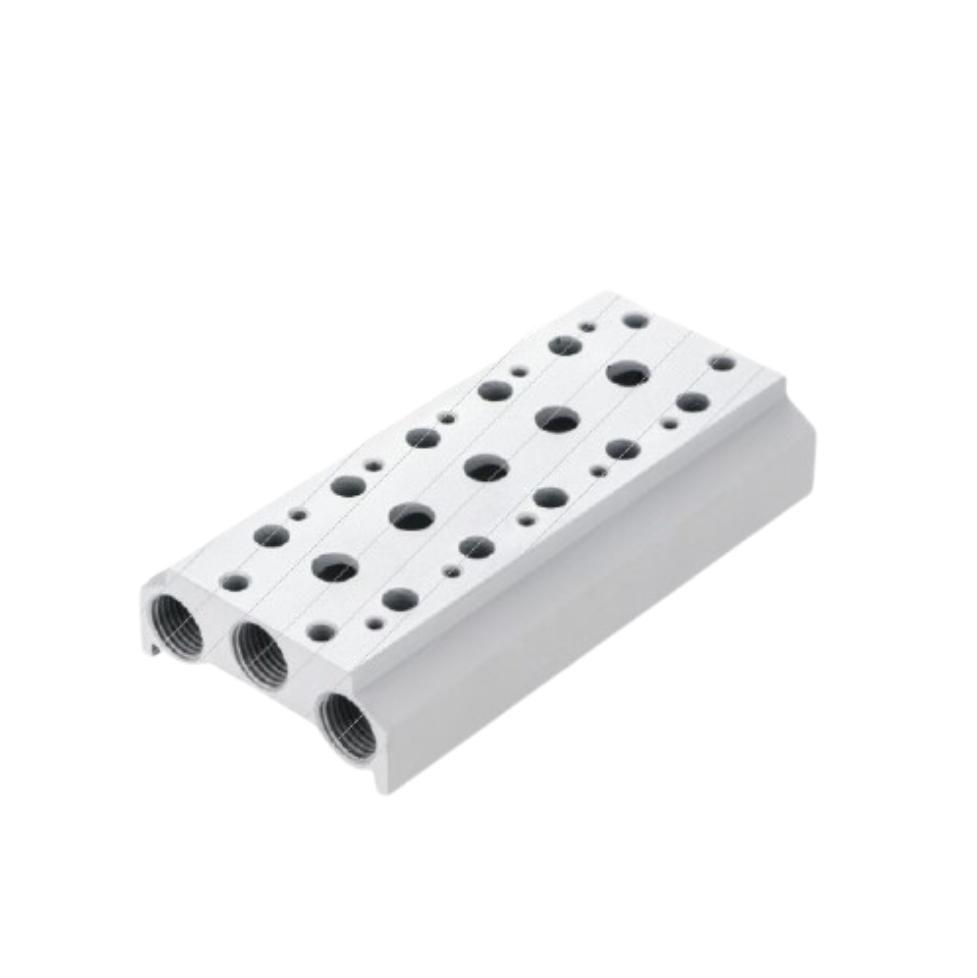
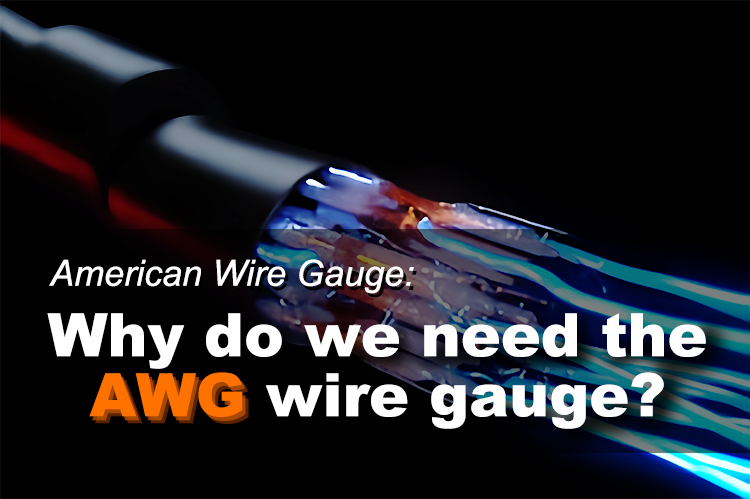
Jul 30, 2025 Blog
AWG:Why do We Need the American Wire Gauge?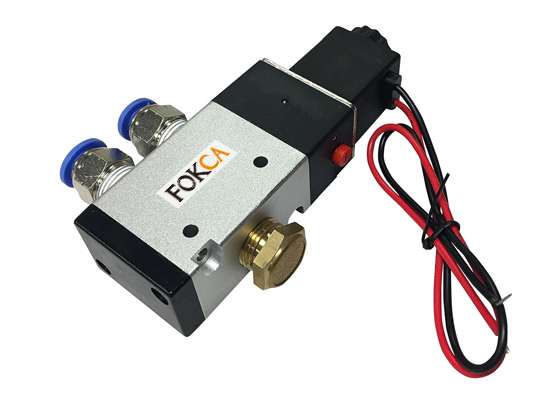
Jul 28, 2025 Blog
How to check air solenoid valve?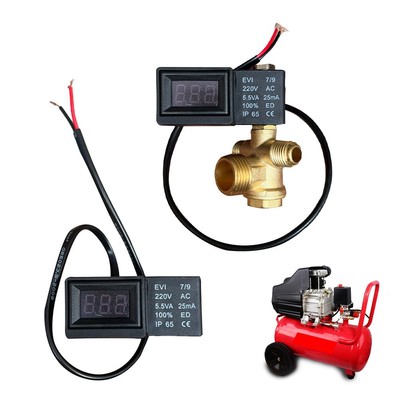
Jul 24, 2025 Blog
How to check the solenoid valve?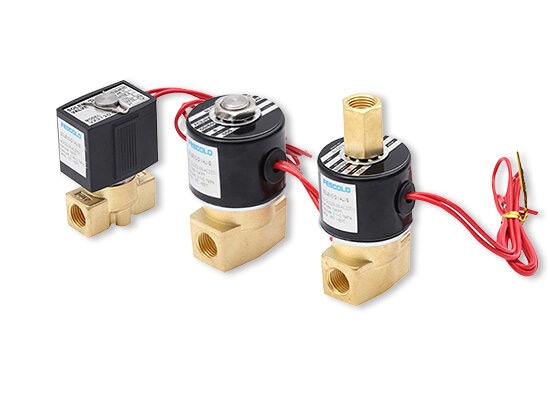

Apr 22, 2025 Blog
Pneumatic Globe Control Valve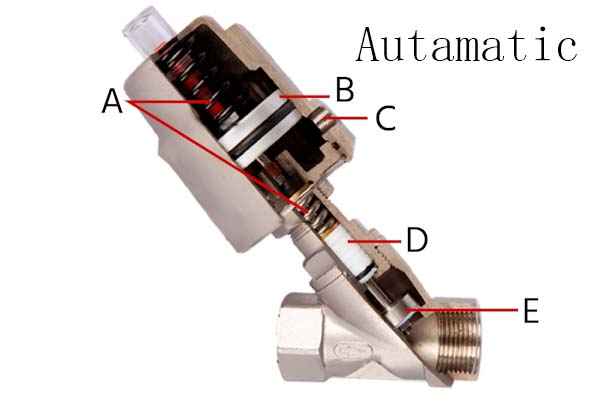
Apr 16, 2025 Blog
A Guide to Understand Angle Seat Valve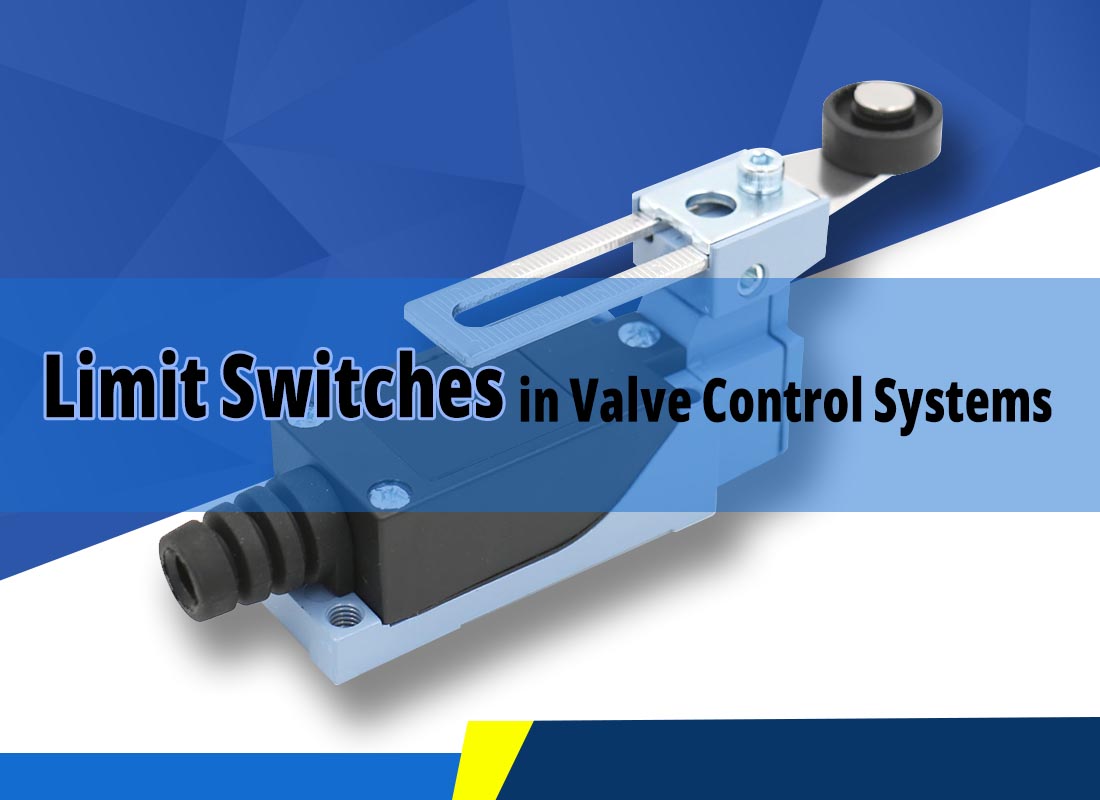
Apr 10, 2025 Blog
Limit Switches in Valve Control SystemsFOKCA ©1998-2025 All Rights Reserved Sitemap